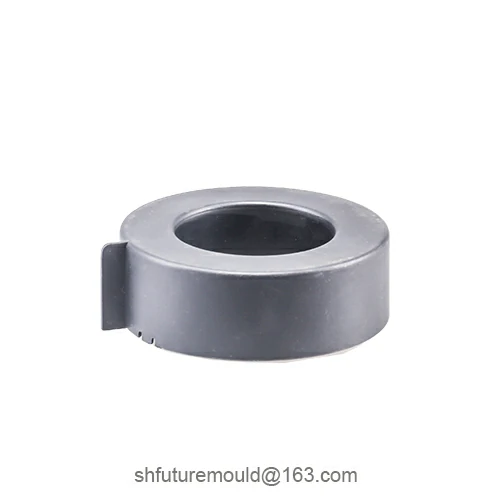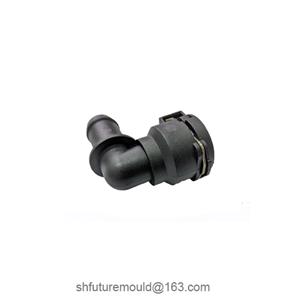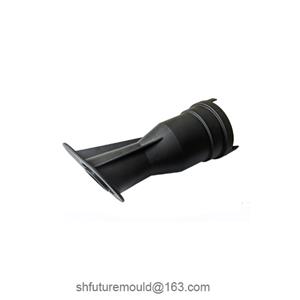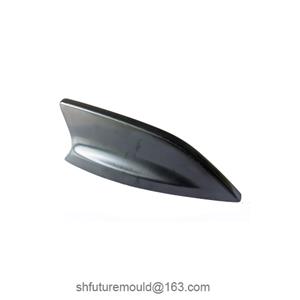PPS Plastic Injection Molding
PPS plastic (Polyphenylene Sulfide) is a high-performance engineering plastic renowned for its excellent heat resistance, chemical resistance, high strength, and superior electrical properties. PPS injection molding is widely used in automotive components, electronic devices, medical equipment, and chemical processing equipment.
Characteristics of PPS Plastic
1. Excellent Heat Resistance:
PPS has a long-term use temperature range of 200°C to 260°C, maintaining stability in high-temperature environments.
2. Chemical Resistance:
PPS exhibits outstanding resistance to acids, alkalis, solvents, and other chemicals.
3. High Strength and Rigidity:
PPS possesses high mechanical strength and rigidity, making it suitable for producing high-strength parts.
4. Low Moisture Absorption:
With a very low water absorption rate, PPS maintains stable performance even in humid environments.
5. Dimensional Stability:
PPS retains excellent dimensional stability under high-temperature and high-humidity conditions.
Requirements for PPS Plastic Injection Molding
1. Material Preparation
Drying Process:
PPS is prone to moisture absorption despite its low water absorption rate. Adequate drying is essential before processing.
Drying Temperature: 120°C–150°C
Drying Time: 3–5 hours
The moisture content after drying must be controlled below 0.02%.
Filler Materials:
PPS is often combined with fillers like glass fibers, carbon fibers, or minerals to enhance mechanical and thermal properties.
2. Injection Molding Machine Parameters
Injection Temperature:
The processing temperature for PPS typically ranges from 290°C to 330°C, with adjustments based on the material grade and mold structure.
Nozzle Temperature: 290°C–310°C
Front Zone Temperature: 300°C–320°C
Middle Zone Temperature: 290°C–310°C
Rear Zone Temperature: 270°C–290°C
Mold Temperature:
PPS requires a high mold temperature to ensure part surface quality and crystallinity.
Mold Temperature Range: 120°C–160°C
Injection Pressure:
PPS has high melt viscosity, requiring medium to high injection pressure.
Injection Pressure: 70–150 MPa (adjustable based on part complexity).
Holding Pressure: 40%–70% of the injection pressure.
Injection Speed:
Moderate to fast injection speeds are preferred to reduce cooling time and prevent air bubbles.
3. Mold Design
Runner Design:
Runners should be smooth and free of sharp corners to minimize pressure loss.
The gate should be positioned near thicker sections to reduce molding shrinkage.
Vent Design:
PPS tends to produce flash easily, so proper venting slots (approximately 0.01–0.02 mm depth) are essential.
Ejection Design:
PPS parts are relatively brittle, necessitating an appropriate draft angle (1°–3°) to prevent damage during ejection.
4. Key Injection Molding Techniques
Cooling Time:
Although PPS cools quickly, sufficient cooling time should be allowed to ensure proper crystallinity and dimensional stability.
Decomposition Prevention:
PPS decomposes easily at high temperatures. During machine stoppages or interruptions, clean the barrel using purging materials like PP or PE.
Molding Shrinkage:
PPS has a low molding shrinkage rate (approximately 0.7%–1.0%), making it suitable for manufacturing high-precision components.
Applications of PPS Plastic Injection Molding
PPS injection molding is commonly used in the following areas:
Automotive Components: Engine housings, gears, fuel system parts.
Electronic Devices: Connectors, switch housings, high-temperature wiring components.
Medical Equipment: Housings, components, chemically resistant parts.
Chemical Equipment: Pump bodies, valves, and corrosion-resistant components.




